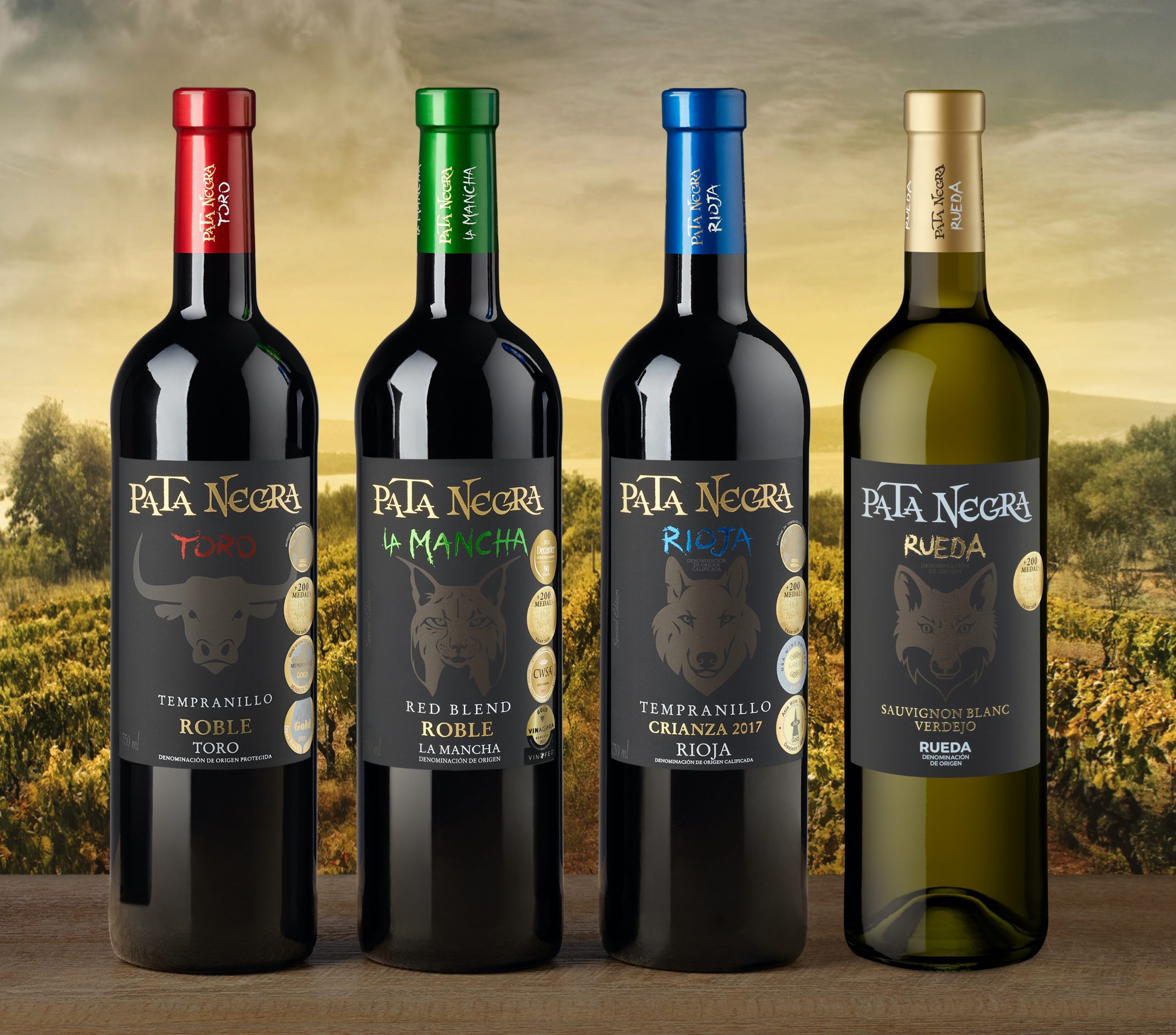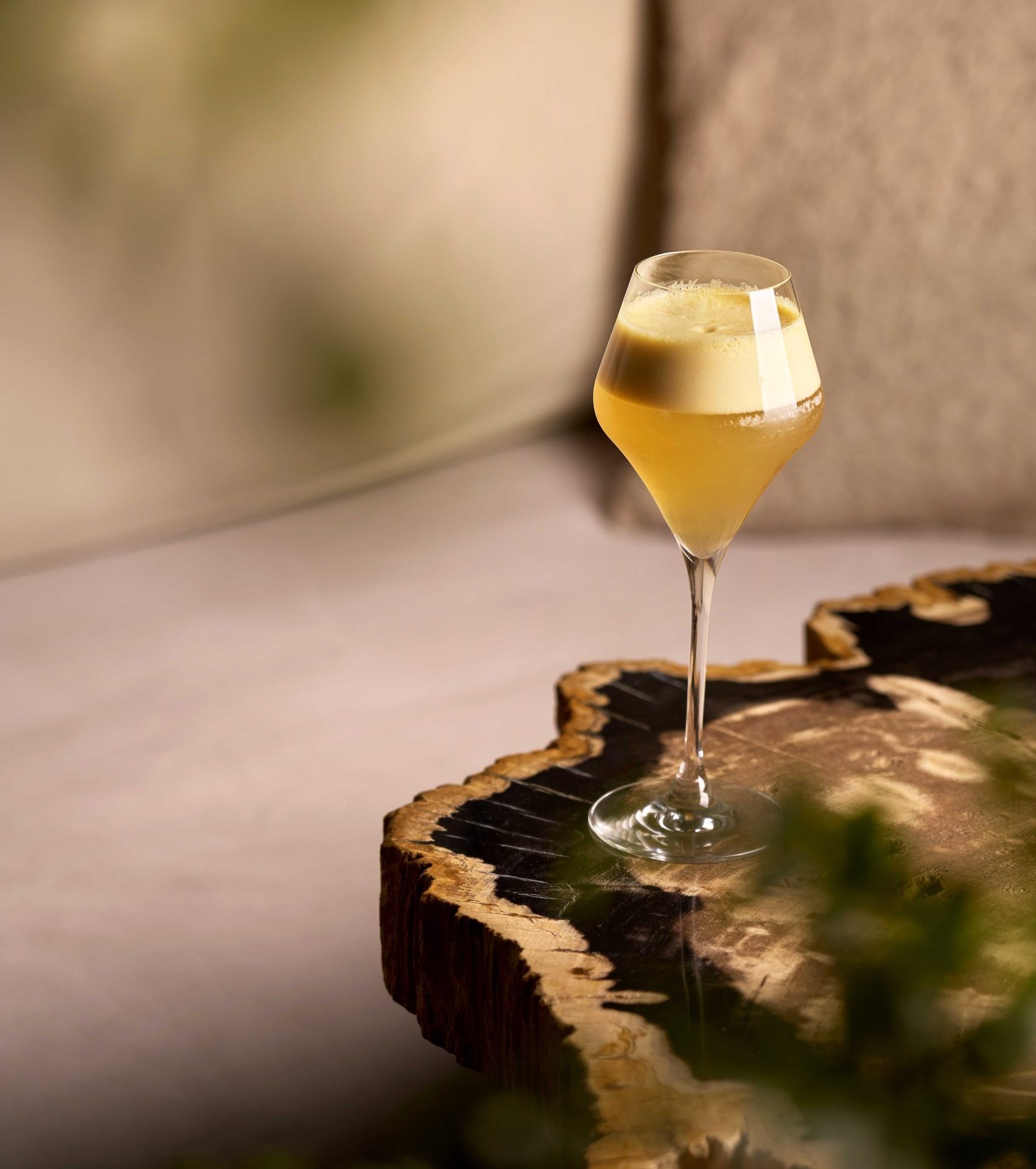Can beer be good for you? The science behind antioxidant-rich grains
By James BayleyA recent study has shown that fermenting blue corn with Rhizopus oryzae significantly boosts its antioxidant content. The findings could allow brewers to create functional beers with genuine health credentials.

In a paper published this March in Fermentation, scientists demonstrated that by fermenting blue corn using the filamentous fungus Rhizopus oryzae, they could significantly increase the grain’s antioxidant capacity and unlock bound phenolic compounds—up to 161% more than in its unfermented state.
And before anyone raises a purist’s eyebrow — no, this doesn’t mean adding fungus to your fermenter post-mash. Instead, it opens a compelling door to pre-treating grains before brewing, resulting in a more functional beer without compromising flavour, provenance or process.
Fermentation before fermentation?
Solid-state fermentation (SSF) is nothing new in the culinary world — koji, miso and tempeh all owe their character to similar processes. But applying it to brewing grains is something else entirely.
Here, the research team incubated blue corn kernels at 30°C for 72 hours with Rhizopus oryzae, allowing the fungus to digest the grain’s tough cell walls and release polyphenols that would otherwise remain nutritionally dormant. At the 60-hour mark, antioxidant levels were nearly double those of unfermented samples, and a diverse array of phenolic compounds — many with reported anti-inflammatory, anticancer and neuroprotective properties — were identified.
Partner Content
A brewer’s bioactive toolkit?
The presence of compounds like caffeoyl tartaric acid, rosmanol and 5-heptadecylresorcinol is notable not just for their antioxidant properties but for their relative stability and sensory neutrality. These are not assertive flavour compounds — certainly not in the small quantities found post-fermentation — meaning they could be introduced into brewing without disrupting a beer’s style or structure.
Imagine, then, a witbier or blonde ale brewed with a portion of fermented blue corn — retaining the beer’s crispness while adding polyphenolic content typically associated with red wine or green tea. Or a low-ABV table beer with a wellness halo, not thanks to marketing sleight-of-hand but to genuine bioactivity.
A post-industrial brewing mindset
For a brewing industry increasingly looking beyond hops for innovation, this could not be more timely. Functional beverages are booming, and consumers are no longer content with drinks that merely taste good — they must do something. If a pint can offer antioxidants as well as refreshment, so much the better.
Of course, hurdles remain. Scaling SSF for brewing applications is not trivial. Nor has the bioavailability of these polyphenols post-brewing been rigorously studied. But as a concept—and particularly as a pre-treatment step for adjunct grains—this approach has elegance, plausibility and a certain old-world charm.
Related news
Which beer styles are the most difficult to brew?





Good to know, very interesting